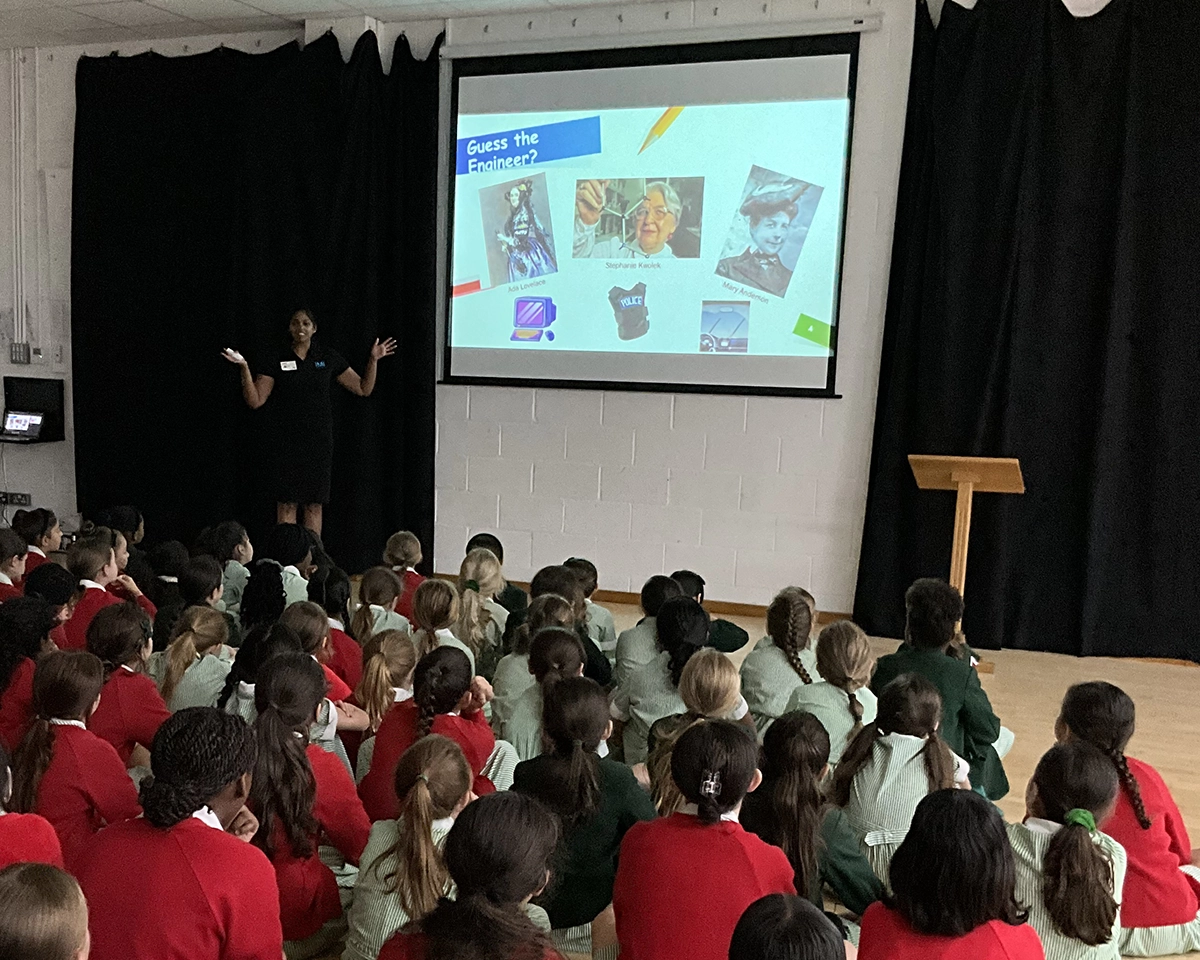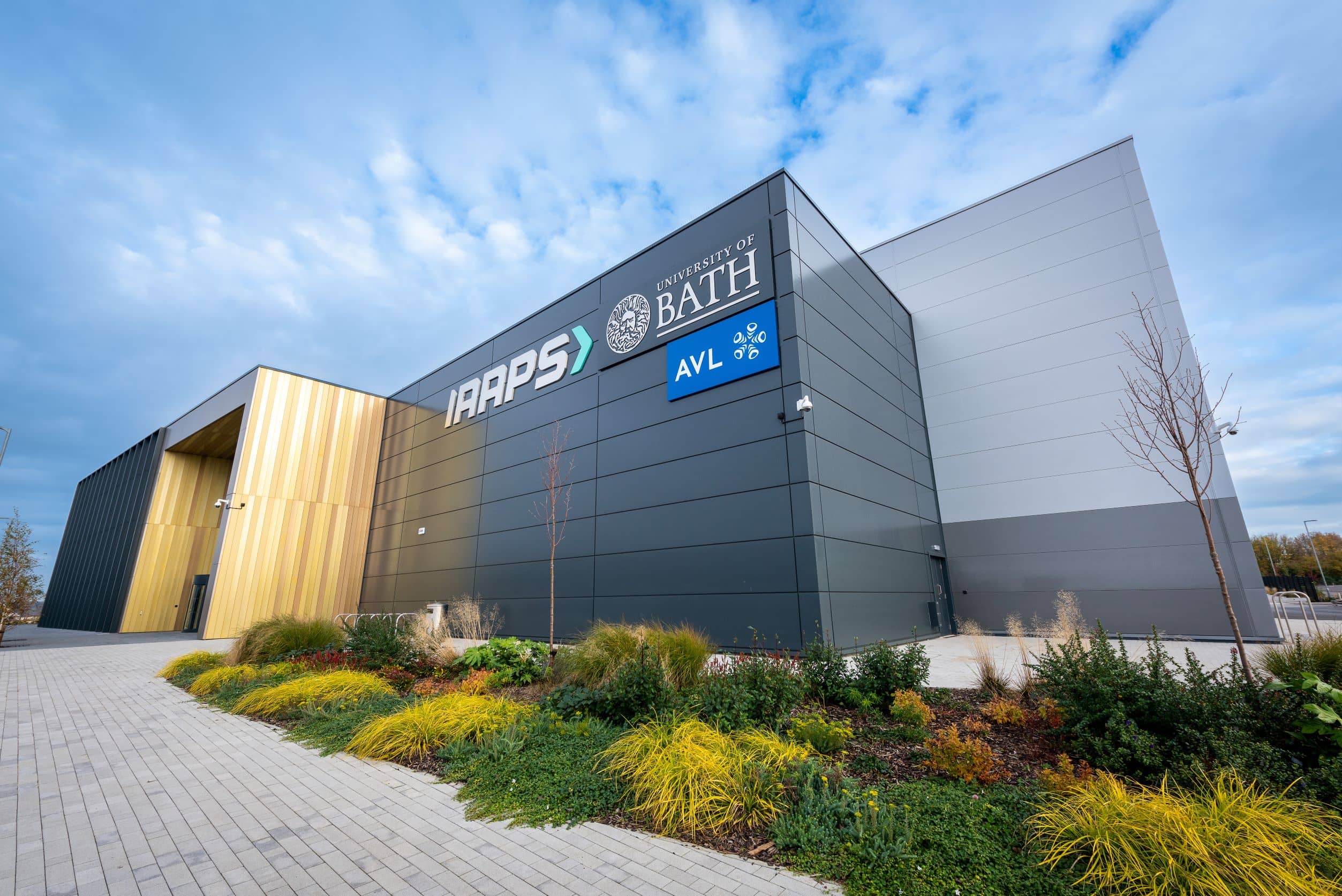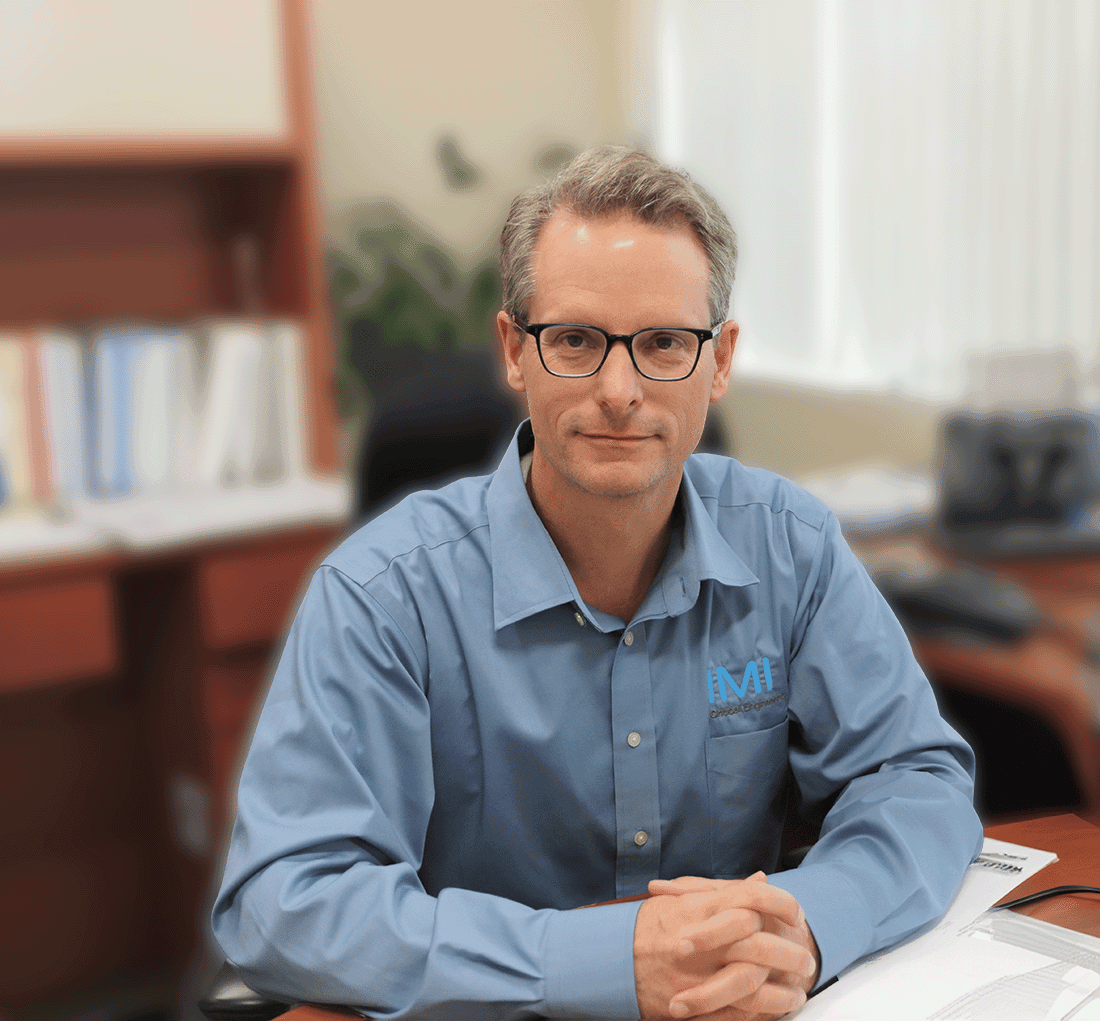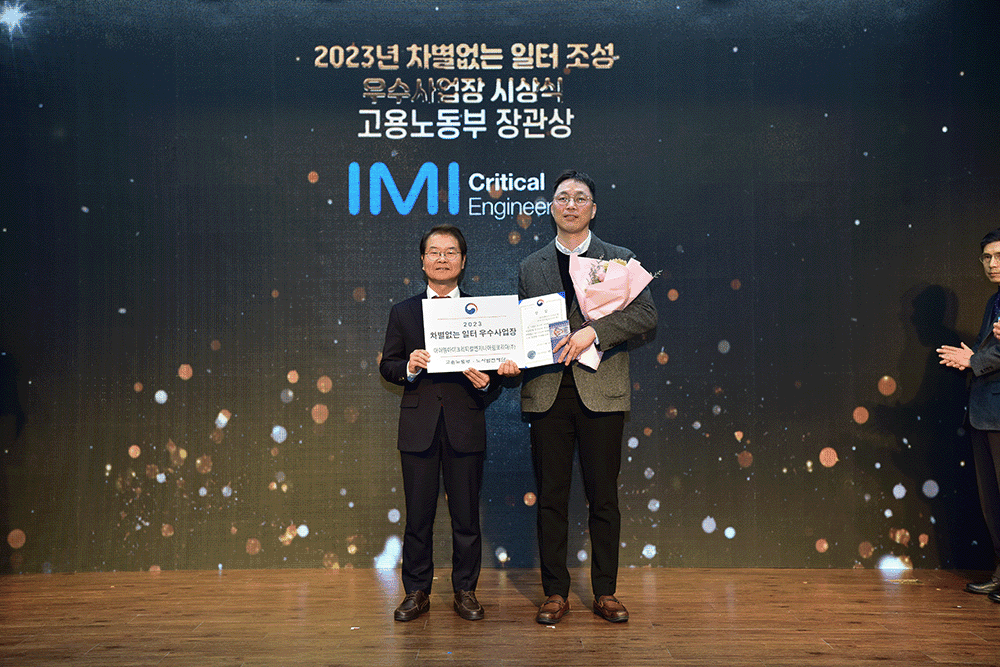


Such outreach work, aimed at increasing the number of women and other underrepresented groups studying STEM subjects and eventually pursuing careers in science and engineering, does have a significant impact. UK government figures demonstrate that 35% more women and girls have been studying STEM subject A levels since 2010. In fact, between 2010 and 2021, the number of women joining full-time STEM courses at university increased by more than 50%. There are also clear indications that more young women are choosing to undertake STEM apprenticeships, which is obviously highly positive [1].
IMI’s Growth Hub Manager, Yogini Yogalingam, herself a Civil Engineering graduate, recently accepted an invitation to address girls from Stormont Prep School in Hertfordshire on the opportunities a career in science and engineering can offer them. We caught up with Yogini and Sarah Cunningham, Stormont School’s Head of Science, to talk about the visit and the importance of outreach work as a mechanism for encouraging young female talent to join the ranks of the engineering profession.
Yogini: I have always valued engaging with the younger generation, whether it be through internships, university, or just visits through graduate placements. It has always been part of our history, and indeed, our current CEO, Roy Twite, was a graduate. So, engagement with the younger generations has always been important for us.
In terms of encouraging secondary school students, we have a history of finding ways to support, educate, and provide opportunities for school-age children to learn and grow [2]. At the same time, we provide IMI with a good opportunity to give back to our society. But in any case, schoolchildren and students are potential engineers, and we should definitely be having such conversations with them.
It’s all about engaging with them and making engineering or science relevant so they can decide if it’s something that they want to entertain as a future career. It is certainly a part of IMI’s history, but there’s always more that we can do. And this is what I’m excited about.
Sarah: I grew up as one of three girls in a family where my parents treasured the sciences. Their idea was that women needed to be able to explore science as freely and comfortably as men. They wanted us to be able to go into a classroom where we could be heard and where we didn’t feel uncomfortable. Back in the 1980s, we found that science was really valued at Bishops Hatfield Girls’ School, and all the girls there could speak openly and felt comfortable doing so. The school encouraged us to explore the sciences, and we all did well and became very passionate about that area of our education.
Eventually, I decided I wanted to take that ball into teaching and found my way into girls’ education for the same reasons. I’ve always enjoyed promoting the STEM subjects. When I went to Stormont, it offered a real opportunity to investigate why there are fewer females in STEM careers and to think about ways to promote that idea.
YY: This visit came about from one of our consultants, Olivia Gribaudo, who supported the Growth Hub initiative in 2018 when Roy Twite introduced it to IMI. When Olivia recommended me as a female engineer who could visit Stormont School, the school reached out. I liaised with Sarah and exchanged a few ideas over the phone.
YY: The presentation I gave at Stormont was a combination of PowerPoint slides and a Q&A. We just had a normal conversation and talked about examples of great female engineers that they could look to as potential role models. We covered a bit about who IMI are, who I am, and how we leverage our engineering knowledge to innovate, ideate and create breakthrough solutions for a better world. The beauty of how this assembly went was that before I started a topic or as I was going through a particular theme, I would engage with the students, ask them questions, and provide examples so that it was fully interactive.
YY: The students were attentive during the assembly and participated well during the Q&A segments. The feedback from the school afterwards was positive, and students found the session informative and inspiring. Many girls told Sarah that they went home and spoke to their parents about how much they were interested in and enthused by what was said in the assembly, which is fantastic. Inspiring one student to consider a career in science or engineering can be viewed as a success.
SC: I was lucky to have parents who were aware of the issues and wanted to encourage us. My mum never had such opportunities and instead went to secretarial school. She then became a medical secretary, but she always wondered what it would have taken to have been a doctor, a nurse, to have done other things. So, it’s great that successful women like Yogini can make our children aware of the possibilities open to them in this way.
YY: The work we do with students isn’t only going to be just around STEM. It will be around many subjects and include subjects focused on humanities and science. The main objective is to educate our students on the possibilities they could aspire to within the STEM disciplines. It’s about showing them different avenues they can consider because I think many students can’t relate to or understand how they could pursue a path along the STEM route. It’s about having those conversations and making them more aware.
SC: My mother wanted to ensure her daughters had opportunities. It’s about the possibility that children’s parents may not be aware of potential opportunities. So, we must work with not just the children but also the parents. We need to make sure that all of them are aware of all the different careers and opportunities and that they are accessible to every child in different ways.
YY: I can see that the science and engineering environment is increasingly diverse, and school-age children find that positive. I did some research, and statistics show that there has been a growth in diversity over the last ten years, which is fantastic. If you take the total number of individuals in these fields, there is a distinct split between different categories of people within those industries. So, there is more that we can do to balance it out more.
SC: I came into the role at Stormont in 2022, and in the space of a year, the feedback has been phenomenal. Children and parents are telling me that they are finding out about careers that they didn’t even know existed. The parents are on board with wanting to know and share more. The whole community here is now talking about science and engineering in a way they weren’t before, and it also creates an online buzz.
One of our year six students was in year 5 when I first arrived, and the other day, she said, ‘You know, I’ve been thinking about it, and I know I’m really good at art design, but I think I might like to take that into an engineering route and use my science with it as well.’ She would never have been aware of that skills crossover if Yogini hadn’t visited the school.
YY: The biggest thing that stands out is communication because communication is key. The more we can make information available to students in ways they can easily understand and relate to, the easier it is for them to consider the possibilities.
Additionally, making positive role models more visible in fields that children don’t necessarily get exposed to often is great for them because it gives them a chance to feel inspired and motivated by first-hand, real-life examples of people who live and breathe this every day.
SC: I think it’s about continuing to help children realise that they can have a huge impact by going into engineering and not just engineering but all STEM areas. We need to open their eyes to the idea that they can mix their other loves with engineering and other areas within science and that it’s not just about being a scientist. You can be an engineer who really enjoys working with animals or medicine. We need more companies to gather groups of ambassadors for STEM careers that focus on minority groups.
YY: Considering what’s already been done around this, yes. Companies have quotas, and inclusion and diversity are a priority in most places. Schools are engaging more in STEM subjects. One thing that brought it home for me was that I’m currently a governor at a secondary school in my area, and they now offer engineering as a GCSE subject, which was incredible. The fact that it’s being taught in school shows how much we’ve progressed, and I can only see it amplifying over the next ten years.
SC: In the last year, when we’ve been actively promoting those subjects with Yogini and other professionals that visit Stormont, the number of girls that are now going off to secondary school interviews and talking about science and engineering has increased hugely.
I want to reach out to all women working in STEM areas because we need their visibility. We need to get them going that extra mile and coming in to speak to our children.
To discover more about careers at IMI, please visit the early careers section of the IMI plc website.



